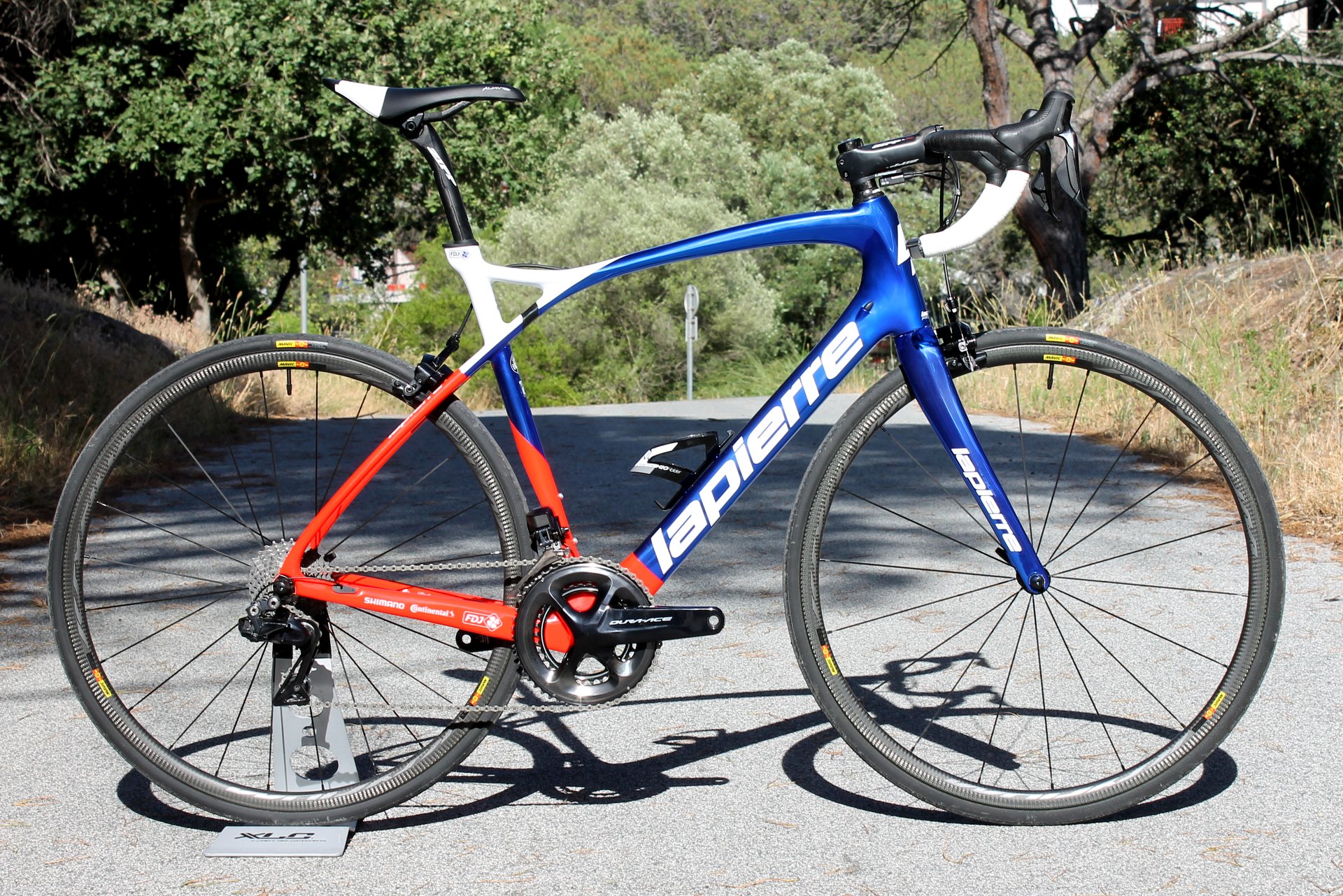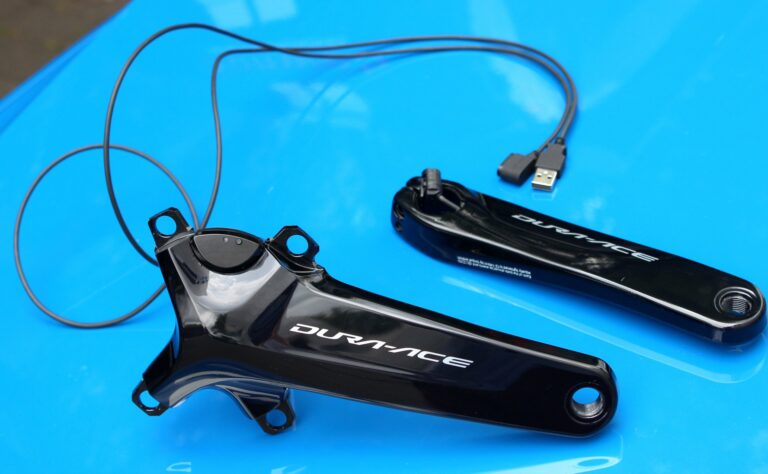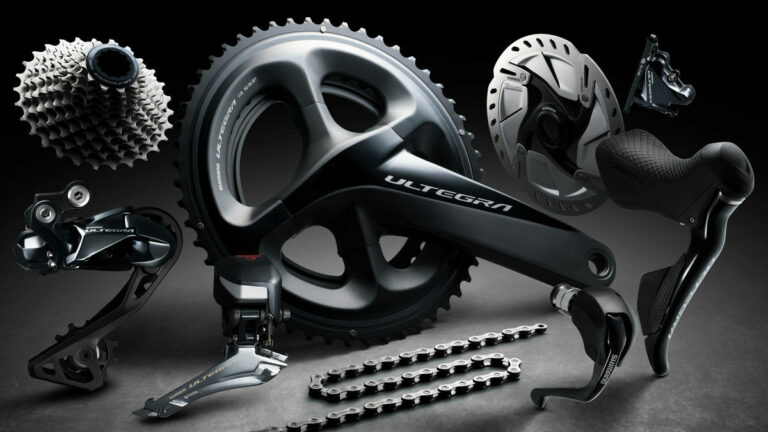Shimano launched the latest Dura-Ace Di2 R9150 groupset a full year ago, back in June 2016, but only now are we beginning to see the Japanese firm’s evolved electronic groupset on complete bikes. In fact, the pros (or rather, their mechanics) have only started getting hold of the complete groupset for their own use.
However, you can now expect to see Dura-Ace Di2 R9150 listed on spec sheets for the highest of high-end bikes and – including the 2018 Lapierre Pulsium, which we rode at the updated endurance machine’s launch in France last week.
– Lapierre announce new Aircode aero bike and Pulsium endurance bike –
As well as putting the Pulsium, which is said to be up to 40% stiffer than the previous version, through its paces, we had the chance to try Shimano’s Dura-Ace Di2 R9150 gruppo.

Dura-Ace recap
First, let’s quickly recap. Back when Shimano originally unveiled the latest Dura-Ace groupset at the start of the 2016 Tour de France, much of the buzz was about the arrival of top-tier disc brakes and a Dura-Ace power meter – which, incidentally, looks to still be a work in progress.
However, Shimano had made a number of refinements across the groupset, with a stated aim of improved ‘system efficiency’. That includes a new slim-line ‘shadow’ rear derailleur borrowed from the MTB XTR group, as well as the capability to run an 11-30t cassette with a standard length derailleur. The chainset also received a makeover, with the beefier, all-black design somewhat polarising opinion.
– Shimano introduce Ultegra R8000 groupset with trickle-down tech from Dura-Ace R9100 –







